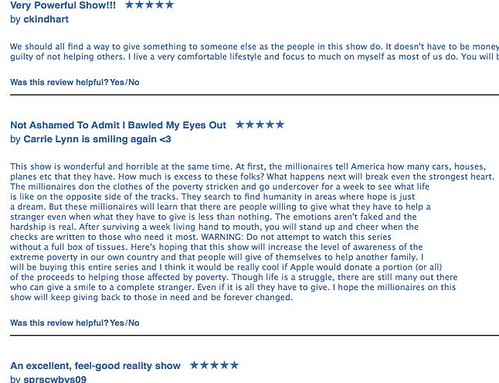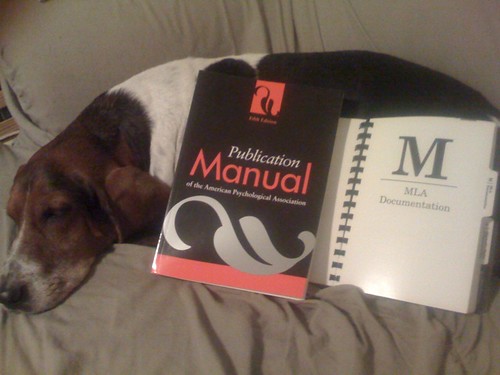
You know how everyone has these insane little fears that make no sense whatsoever to anyone other than themselves? I’m not talking like a fear of spiders or a fear of clowns or anything like that. I’m talking more about idiosyncratic/ideosyncratic (yes, I invented that second word. No, I won’t define it).
In any case, one example would be this weird fear I occasionally have that my joints will freeze up and just like become paralyzed. For instance, walking from car to kitchen with a ton of groceries, my fingers could be trapped in this weird gripping apparatus of plastic bag handles (yeah, I know its bad for the environment, but this is hypothetical so bear with me). What if, after finally resting the bags on the ground, I find that my fingers are still in this gnarled position of paralysis? Forever? A rather silly, inane fear, right? Something like that.
Anyway, one of these “little fears” I’ve had lately is of the loss of the art of letter writing. I’m not talking about some sweeping account of letters as only a group like the New Yorker would predict. Instead, I’m imagining that the practice will just slowly fade out of favor. With Blackberries (which I suspect get an overly bad rep from folk like me) and email and texting and hands-free cell phone use and walkie-talkie chirps (“Where you at?”) and –gasp- blogging, is it really necessary to actually write now a days? Is a response even necessary beyond a simply affirmation or confirmation of time and location?
I used to write the hell out of emails to friends. Real long and rambling and drunkenly enthusiastic in tone or overly ambitious in candor. I would feel like I was having fun writing up these diatribes. To some, these were a one way conduit of information and I was rather selfishly imposing my words on unassuming readers browsing through their inboxes. For others, these would become a part of a network of exchanges. That’s when sparks would really fly. (I’m again reminded of what I continue to bring up as “magic” in a non-David Blaine, non Western kind of way.)
Case in point, some of my favorite things to read are letters. I get a thrill out of these soliloquies set on paper. Of course, they’re not soliloquies, all letters are intended for someone. They are more like monologues when read unilaterally. However, aside from when they are bound into big collections of one author’s letters, all letters inevitably have a recipient who then becomes author and author becomes recipient ad nauseum. The key here is that when letters are paired with responses, they – together – become dialogue. It’s the convo that contains possibility. I think this is why I’m so thrilled about slowly consuming the Elizabeth Bishop/Robert Lowell bound book of correspondence.
(And as a major diversion, it’s worth noting the use of “consuming” here. Anyone who’s seen my bookshelf and my music shelves and film storage will attest that I’m something of a terribly overwrought consumer – though I’m partial to the notion of an archivist. In any case, let’s think about what it means to “consume.” The proper way to really partake in a book or a film or musical composition is to consume it. Kill the author in a way that will make Barthes smile and make the work one’s own, frame-by-frame, page-by-page, Measure For Measure. A rather one-sided –and delicious – dialogue if there ever was one, eh?)
So I come back to this trivial fear. Sure, I can always be a part of a dying breed that still do the letter writing thing – like a hopeless vinyl (and now, to an extent CD) fetishist. It’s scary to imagine confining oneself to 140 characters all the time, despite my fascination with Twitter and texting. I remember deliberately being interested in the form of the epistle. My handwriting never developing much beyond a gnarled scrawl – I suspect writing both left-handed and right-handed as a child didn’t help develop this foreign thing called penmanship – I never really venture far from a keyboard when it comes to letters. However, printing letters on yellow tablet paper, on pages from library books (oops), and whatever else was lying around helped me better grasp the possibilities of the letter. I distinctly remember a brief period of typing letters on big manila envelopes sometimes adding an additional letter inside the envelope other times the envelope acting as nothing more than a glorified postcard to the bemusement of mailmen and women.
I think similar experiments will yield value and understanding in the digital age. Periods of extraneously long subject headers, toying with the CC and (shudder) BCC field also pock a blemished emailing career.
Ultimately, however, I think the value of the digital letter will be of access. Granted, it’s all too easy to discreetly forward the screed received in an inbox. However, what about open letters as policy and not as exception? The sole versus between Daye and I, I think was a worthwhile dabbling in such a project. On the other hand, however, there is certain glee in cherishing, rereading, connecting with a letter in a wholly and completely personal way. And not simply content of a personal matter but of content in which one connects in a personal manner (hopefully this distinction doesn’t read as subtly as I fear it might).
And while there is no Mr. Henshaw to which my students today connect with, we’re regularly practicing our letter writing skills.
I’ve been feeling reinvigorated and reminded of the value in letters (both those joint-connecting phonemes and the actual literary medium). Hopefully, like paralyzed joints, this inane fear will remain just that.
[Reflecting on this, I reread the rather fun series of exchanges conducted with Daye (mentioned above). Perhaps the days of the versus project will return with a cargo cult following…]
Tell people this is awesome:





















